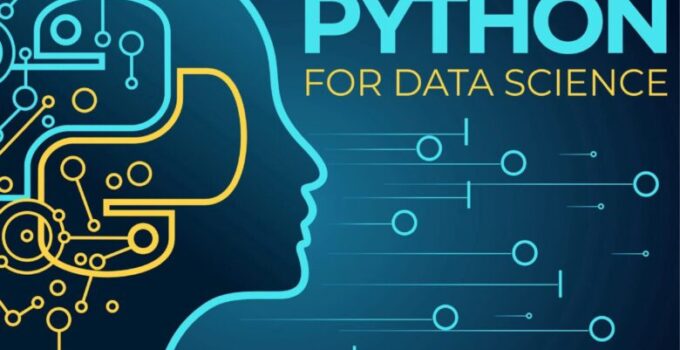Over the past few years, data has gained much importance, and the extraction of insight from data even more importance. Data science exists to make sense out of data and this is what businesses use to make decisions, solve problems, and form their growth and marketing strategies. While data science has grown to focus on big data, it’s scope goes beyond to include data analysis and visualization. Because of this, data scientists are in high demand. Python is the programming language of choice in data science and data scientists should consider pursuing a Simplilearn’s data science with python course to hone this valuable skill.
Data science and its growing importance
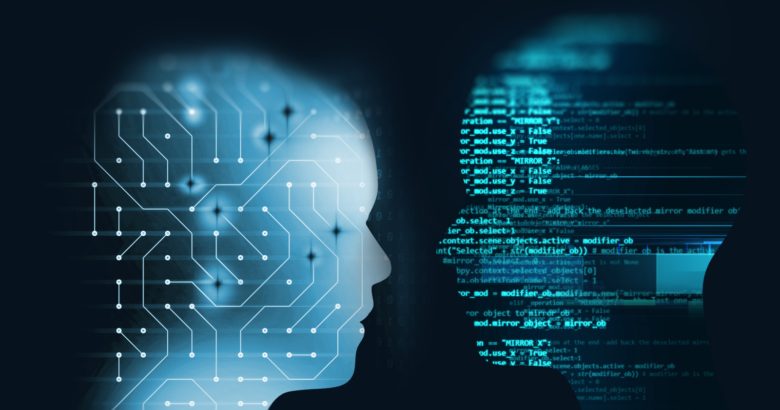
Source: henryharvin.com
Data science is a multidisciplinary field. It draws from data mining, statistics, predictive analysis, big data, machine learning, deep learning, data engineering, and other data analysis fields. Data science designs processes, methods, algorithms, and systems used to draw insight and identify trends and patterns from both structured and unstructured data sets that will help the business make important decisions.
Data science is important because it helps businesses solve problems using data. This is the main aim of and the broader benefit of data science. Here are seven reasons that explain why data science is an integral part of the business structure.
- Customers are the heartbeat of any business and data science helps businesses to understand customer trends and behaviors and connect with them at a personal level for better provision of services and products to enhance customer satisfaction/experience.
- Data science has been used to identify negative trends behind customer churn and find the best possible ways of addressing them.
- Data science informs product development. By analyzing consumer behavior and feedback, businesses can now develop products that connect with the specific needs of customers and ultimately achieve the goals set for the product.
- Businesses can leverage data using predictive analytics and other data science techniques to identify and take advantage of new market opportunities.
- Data science has been used to streamline and improve systems and processes and also justify the introduction of new features or completely new systems in a business structure.
- The applications of data science span through various, perhaps all the industries. This is because data science delivers the best approaches (with predictable results) to solving complex business and departmental challenges.
As data science grows, tools are also being developed to make it possible to implement a wide range of techniques. Data scientists should be proficient with
- Programming languages like Python and R
- Libraries like Scikit Learn, Numpy, Pandas, and TensorFlow
- Notebooks like Jupyter and iPython
- Big data tools like Hadoop and Spark
- NoSQL and RDBMS database management systems
What is Python?
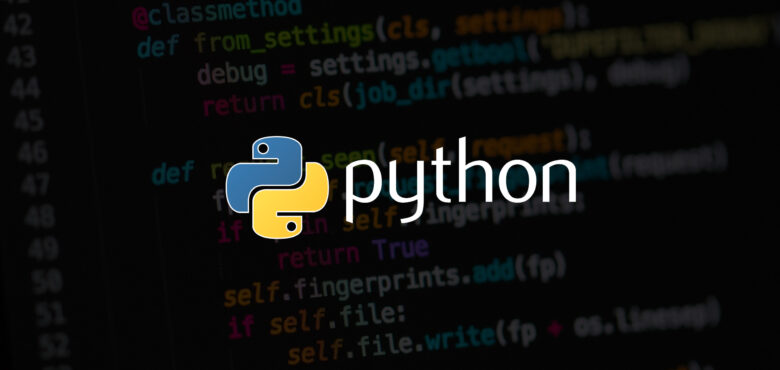
Source: honchosearch.com
Python is an open-source general-purpose programming language that can be used for many applications including both web, desktop, statistical, scientific, and other complex applications. This is why as python grows in popularity, data scientists have also grown to become a significant part of its community.
Python is a versatile language. It is a favorite tool for many as it offers the following benefits.
- Python has a large number of libraries for data manipulation including AI and ML libraries. This makes it easy for developers to code or use pre-packaged modules if they wish to skip the coding process.
- Python features a highly readable code.
- Python is a fast and highly scalable programming language.
- It is easy to learn and can be used by anyone with basic coding knowledge. This means it will take less time to develop applications and also less debugging.
- It easily integrates with the existing infrastructure making it the best for solving complex problems
- Python has libraries and frameworks like Matplotlib and PyQt that allows you to build graphic user interfaces. Other libraries like pandas plotting, PyTorch, and Matplotlib are, in fact, built on Matplotlib.
Top 10 Python libraries for Data Science
-
NumPy
Stands for Numerical Python. NumPy is a machine learning framework used for scientific computing. It features functions like linear algebra, Fourier transforms, random number capabilities as well as the powerful n-dimensional array interface. It integrates with other languages like C and C++. Fullstack developers have found NumPy quite functional for their Python-based ML projects.
-
Pandas
Pandas is a great data analysis library for relational data specifically one-dimensional (series) and two-dimensional (data frames) data structures. Pandas is built to perform a range of custom operations especially during data wrangling, manipulation, analysis, and visualization. Pandas operates more like Microsoft Excel.
-
Matplotlib
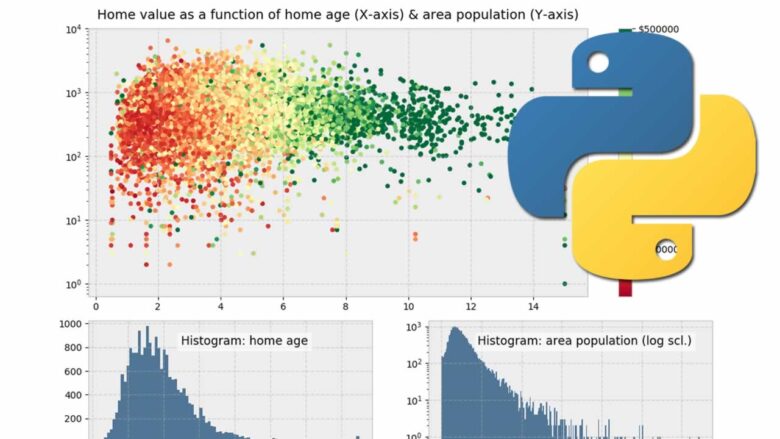
Source: morioh.com
Matplotlib is a 2D plotting library with an interface that resembles that of MATLAB that makes plotting graphs simple. It is used for plotting a variety of 2-dimensional graphs including histograms, line charts, bar charts, and scatter plots with fewer lines of code. This library can create static, animated, and interactive visualizations.
-
TensorFlow
This Python framework for ML and DL projects. Data scientists use TensorFlow for designing, developing, and training deep learning models for desktop, mobile, web, and cloud environments. It is also a symbolic math library for performing numerical computations using data flow graphs. Google developed TensorFlow and uses it for object identification, speech recognition, and other deep learning functions.
-
Scikit Learn
Scikit Learn is built for machine learning in Python. It features ML tools for performing complex data analysis and data mining functions such as classification, model selection, regression, clustering, and dimensionality reduction. Scikit Learn is built on NumPy, SciPy, and Matplotlib ML libraries.
-
Pytorch
Pytorch is a deep learning Python framework used for performing tensor-based computations using the power of GPUs and building complex neural networks. Pytorch was developed by Facebook’s AI research lab and remains to be TensorFlow’s greatest competition. It is based on the Torch library which is widely used for applications like computer vision and natural language processing.
-
Seaborn
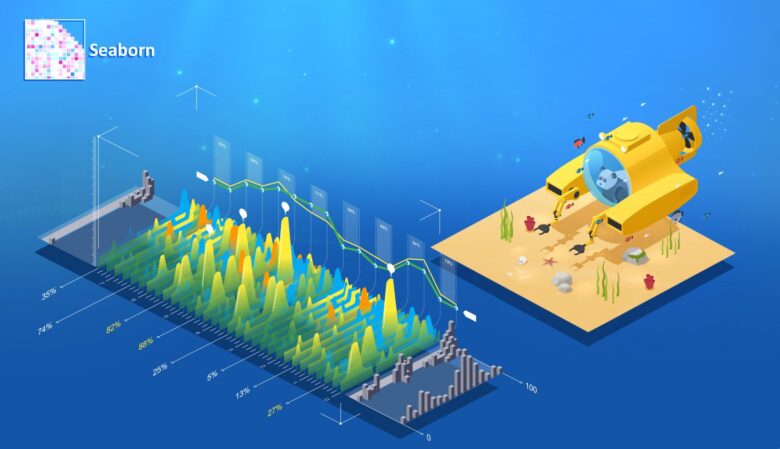
Source: hackersandslackers.com
Seaborn is a statistical data visualization library built on the Matplotlib library. It offers an interface for drawing graphic visualizations for statistical models in python. Seaborn is useful for producing very informative plots. It boasts a rich visualization library that makes it easy to build complex visualizations using abstractions, multi-plot grids, and other statistical aggregation and semantic mapping functions. These functions operate on both arrays and data frames.
-
SciPy
SciPy is short for Scientific Python. It is an open-source library built on NumPy and has proven to be very useful for machine learning, scientific, engineering, and mathematics computing. It makes use of the multidimensional array available in NumPy’s module as the basic data structure. These same functions are available in fully-featured modules on SciPy including statistics, linear algebra, optimization, Fourier transforms, interpolation, integration, and signal processing.
-
Scrapy
Scrapy is an open-source framework used for developing crawler programs that extract, process, and store data in the preferred structure/format from websites.
-
Keras
Keras is used for building and training neural network models. Keras is written in Python and supports TensorFlow, Theano, and CNTK frameworks at its backend. It is quite user-friendly and easily extendable thus allowing fast and easy prototyping. This makes it an appeal to beginners who are interested in deep learning.
Related Article: BEST PYTHON IDE AND CODE EDITORS – 2024 GUIDE
Need to learn Python
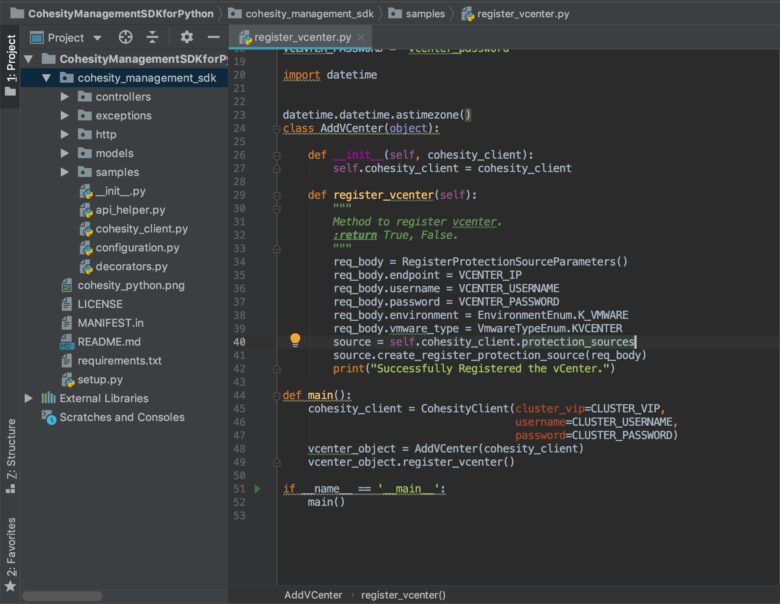
Source: cohesity.com
Businesses rely on data to solve problems, make informed decisions, and come up with growth strategies. Big data is today more accessible than before and data scientists are the wheel behind making sense out of this data. This has caused a sharp growth in demand for data scientists, a demand that is here to stay. IBM had predicted a 28% growth in demand for data scientists by 2024.
Python is the most popular programming language and the most preferred by data scientists. This is because it is fast, versatile, and very easy to use as it requires much less coding compared to other languages. It features several inbuilt libraries that make data analysis, implementing algorithms, training deep learning models, visualizing results, and other data science tasks much easier. Thus python is a highly valued skill in data science. Quite importantly, Python supports many data science libraries, the three most important being Matplotlib, NumPy, and Pandas.
It is important to note that if you have decided to learn Python as a data scientist, consider the more specific online courses like Data Science with Python rather than the general Python courses meant for developers.

